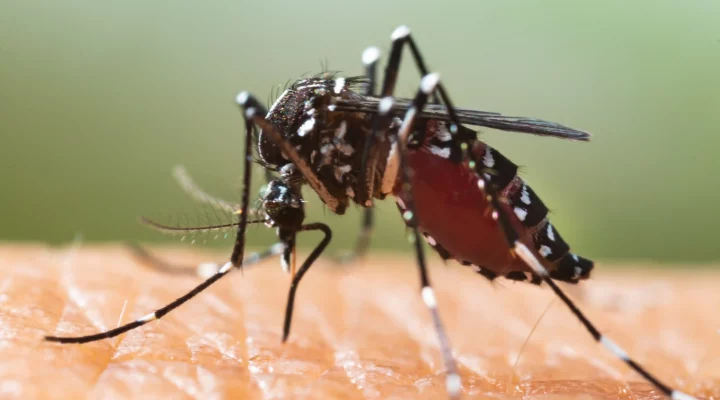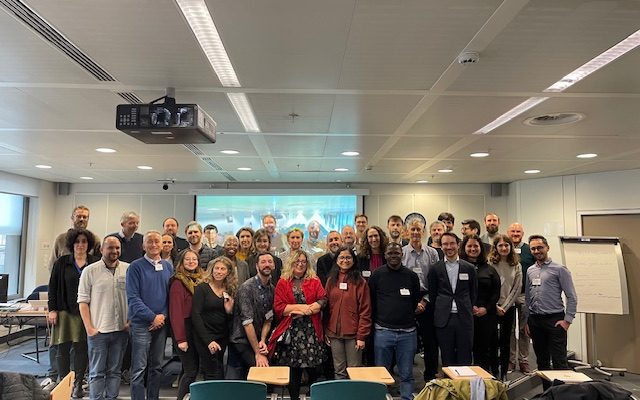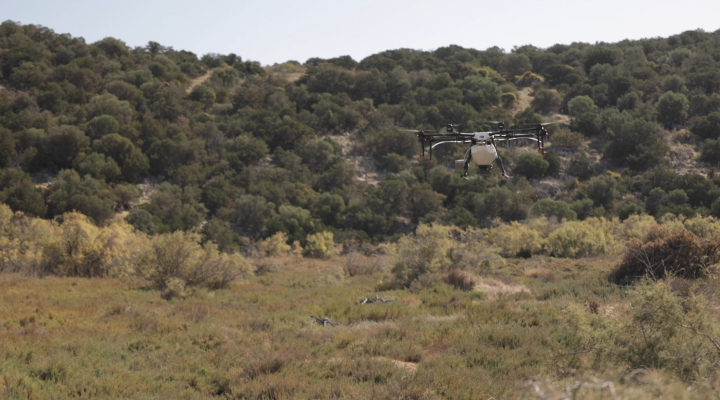
Climate-Health Cluster publishes Policy Brief to safeguard public health
As anthropogenic climate change continues to escalate, its detrimental effects on human health are becoming pronounced, demanding urgent transformative actions

As anthropogenic climate change continues to escalate, its detrimental effects on human health are becoming pronounced, demanding urgent transformative actions


Shouro Dasgupta is an Environmental Economist at Fondazione CMCC, a Visiting Senior Fellow at the Grantham Research Institute, LSE, and

Published in The Lancet Public Health on May 13th, the 2024 Europe Report of the Lancet Countdown on Health and Climate Change highlights the negative impacts of climate change on human health, the delayed action of European countries to mitigate and adapt to climate change, and the missed opportunities to protect and improve health with climate action.





